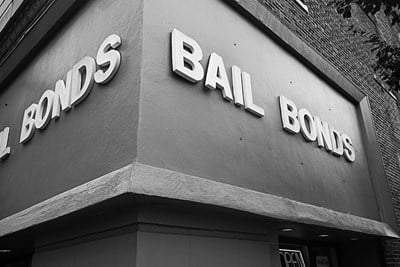Bail bonds may seem like a normal part of our country’s legal process today, but that wasn’t always the case. The history of bail bonds is an interesting part of our legal system, and understanding their origins can help us to have a greater appreciation for the way our legal system works.
English Roots
The idea of bail bonds began in England. In 1677, English parliament passed the First Statute of Westminster, an act that codified many existing laws, officially addressed bail, and created a system of checks to determine bail eligibility. This bail system adjusted as a result of future bills, until eventually in 1689 the English Bill of Rights provided provisions of protection against excessive bail.
Colonial Changes
When the American colonies were created, they originally functioned mostly off of English laws. However, due to differences in customs and the popular view that English legal codes were unnecessarily confusing, American legal codes slowly began to change. This shift began even before some of England’s own bail reforms; in 1641, Massachusetts passed the Body of Liberties which granted the right of bail in noncapital cases and refined what constituted a capital case.
Later, Pennsylvania placed provisions in its constitution stating that all prisoners would be eligible for bail except in capital cases with substantial proof against the defendant. The Pennsylvania constitution also limited the death penalty to crimes of willful murder, which further extended the effective use of bail. It was this constitution that would become the basis for nearly every state constitution after 1776.
Interestingly, the idea of bail itself is never mentioned within the United States Constitution. Instead, the right of habeas corpus is mentioned in Article 1 Section 9 and protections against excessive bail are found in the Eighth Amendment. Otherwise, there is no right to bail guaranteed by the Constitution nor are there provisions stating which crimes are bailable.
The tradition of bail in England coupled with the unique American frontier life led to a complication in the bail system. Criminals were often unable to pay the arbitrary monetary amounts of their bail. Because of this, commercial money bail bondsmen were established in America in the late 19th century. This type of establishment is unique to the American justice system. These businesses flourished, one of the first being the firm of the McDonough Brothers in San Francisco.
Modern Bail
Major bail reform occurred in the U.S. in the 1960s. In 1966, the Federal Bail Reform Act insured that noncapital defendants would be released on their personal recognizance, or personal bail, in order to wait for trial. The only exception would be if the judicial officer determined that these provisions were not enough to ensure an appearance in court. Any charged with capital offenses were given stricter standards in the name of public safety. After the passing of this bill, the states began to pass similar statutes, with most allowing pretrial supervised release by 1999.



